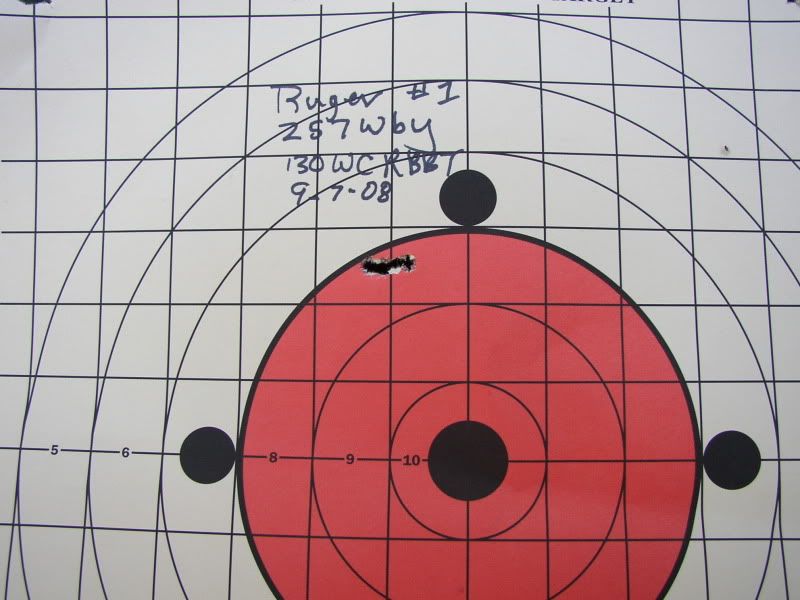T
tlo
Guest
I have a Ruger 1V in .223 that I would like to group better, I guess I have several that I wish shot better, this one is the one I'm gonna fool with. I went thru my collection of "Precision Shooting" and came up with two articles. First article was in the Nov/94 issue "Special Edition No. 2", it was by Merrill Martin. Second article was in the Nov/95 "Special Edition No. 3" by, a shadetree mechanic(his title not mine), John F. Herold. Now both guys more or less concentrate on the forearm, but Mr. Martin goes into bedding the buttstock to. I quite haven't decided yet which one I'm gonna try, maybe I'll flip a coin. But I figured I'd try posting on here first before I get the Dremel and Marine Tex out in the hope that maybe there's something else out there, somebody else has some info.
Thanks, Tom
It's a winter project.
Thanks, Tom
It's a winter project.


